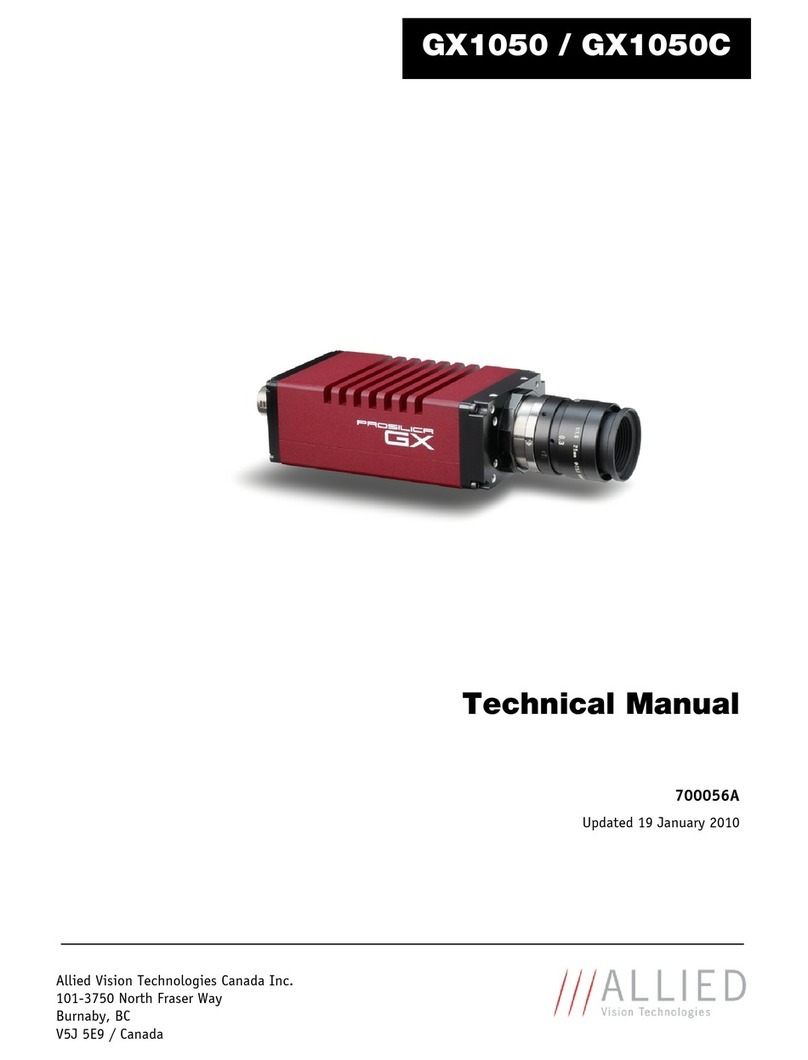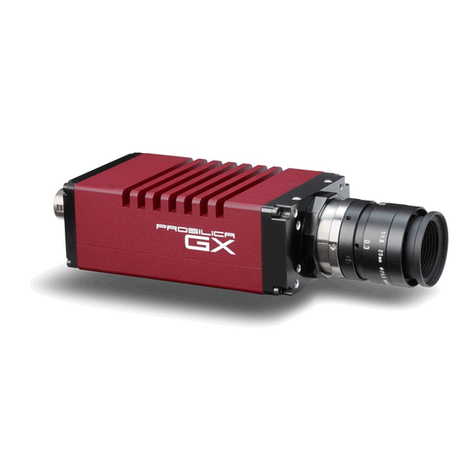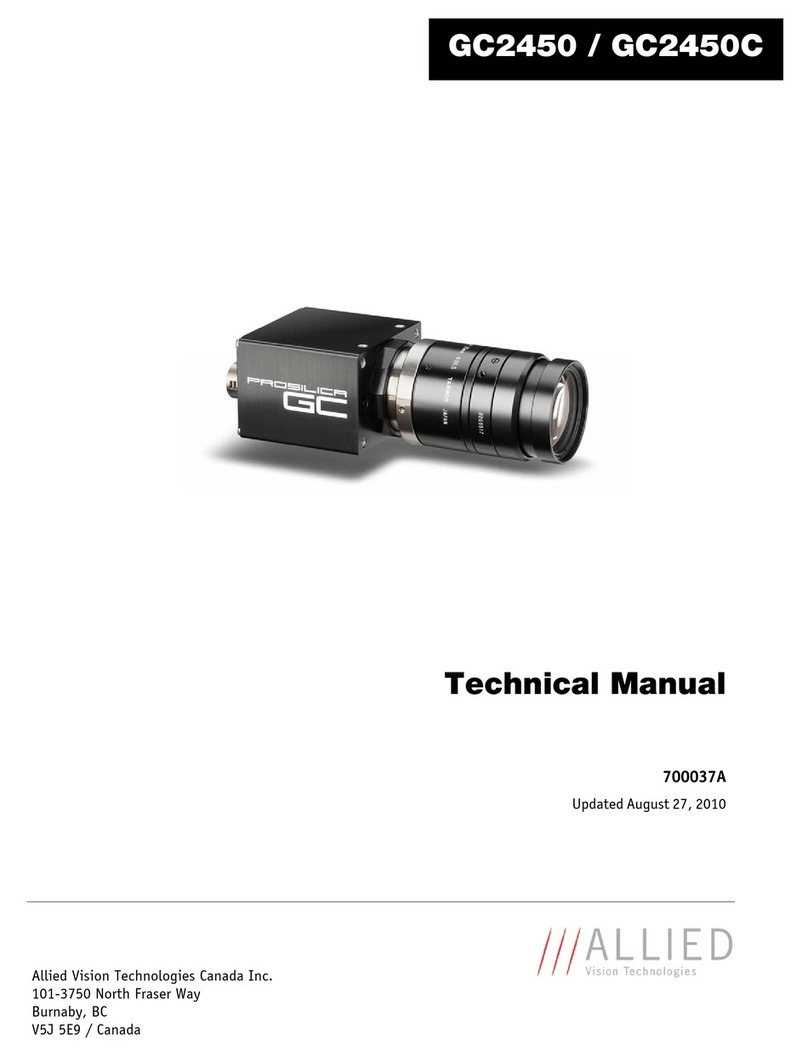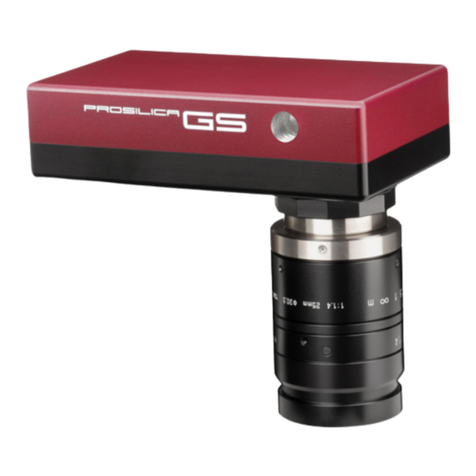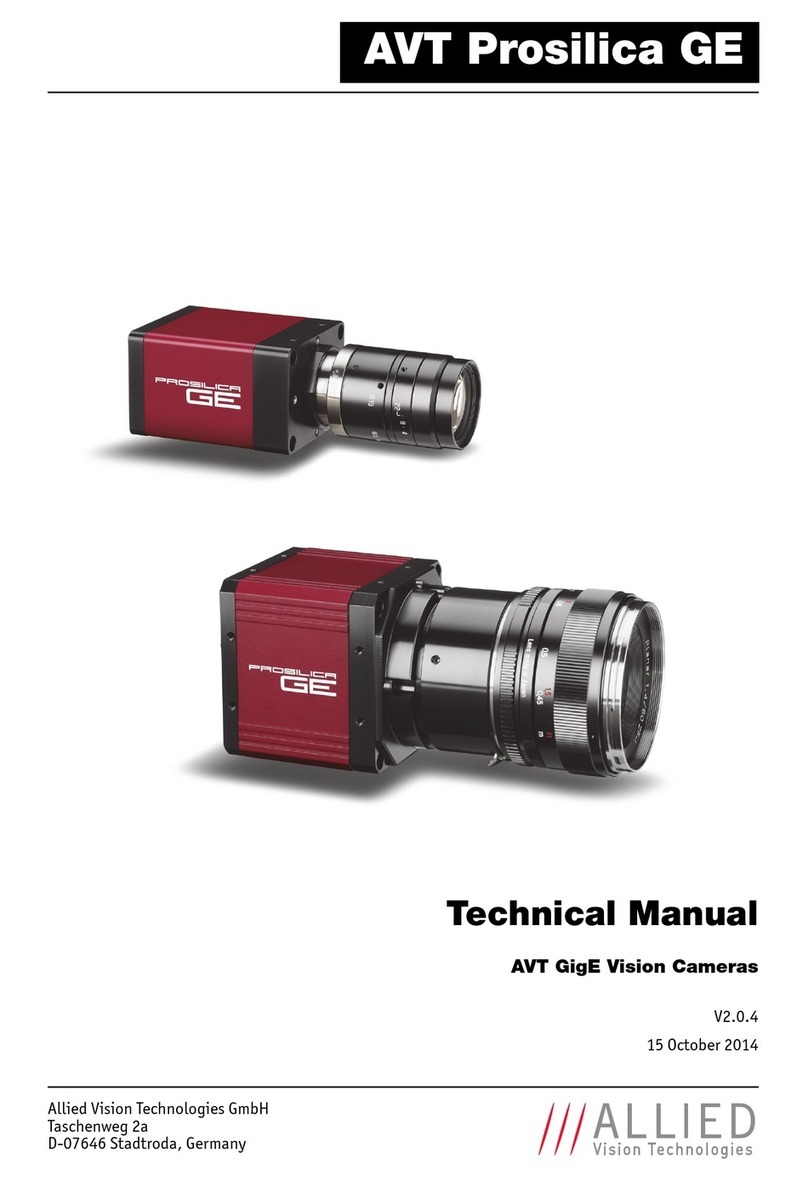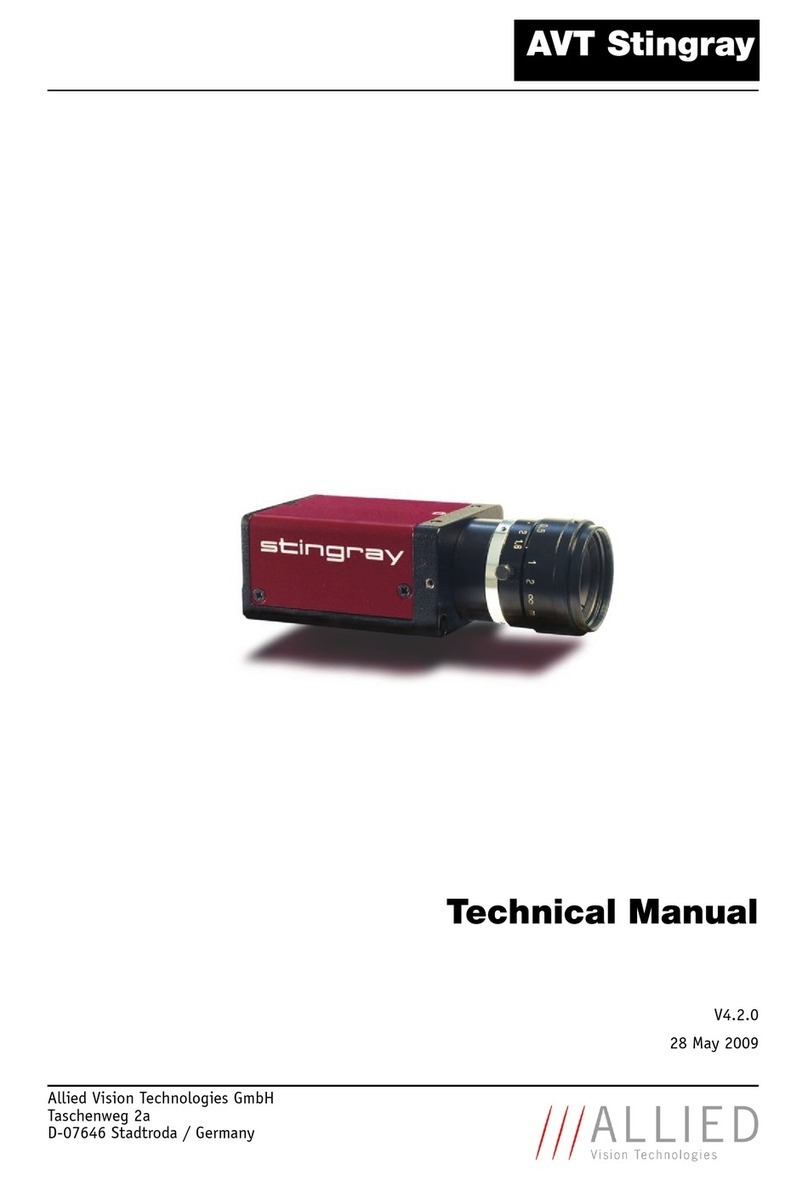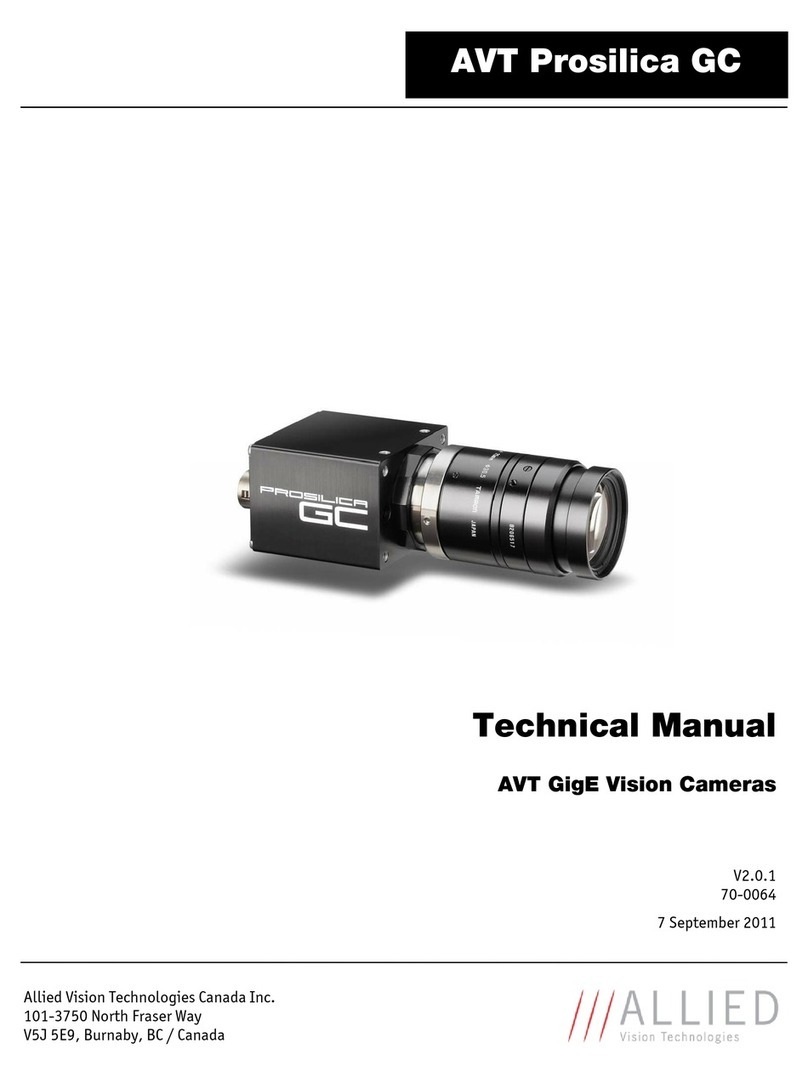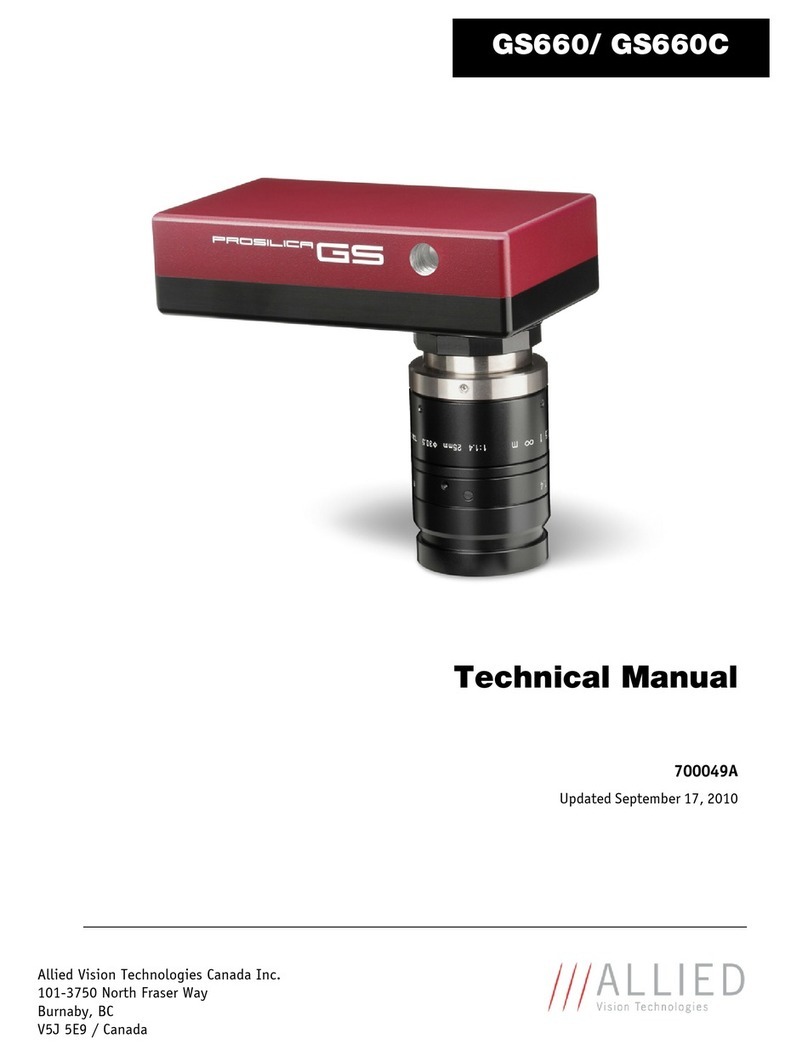
GC750 Technical Manual Page 2
Legal notice
For customers in the U.S.A.
(FCC Compliance Information)
This equipment has been tested and found to comply with the limits for a Class A digital device, pursuant to Part 15 of the FCC Rules.
These limits are designed to provide reasonable protection against harmful interference when the equipment is operated in a
commercial environment. This equipment generates, uses, and can radiate radio frequency energy and, if not installed and used in
accordance with the instruction manual, may cause harmful interference to radio communications. However there is no guarantee
that interferences will not occur in a particular installation. Operation of this equipment in a residential environment is likely to
cause harmful interference.
You are cautioned that any changes or modifications not expressly approved in this manual could void your authority to operate this
equipment. The shielded interface cable recommended in this manual must be used with this equipment in order to comply with the
limits for a computing device pursuant to Subpart B of Part 15 of FCC Rules.
For customers in Canada
This digital apparatus complies with the Class A limits for radio noise emissions set out in the Radio Interference Regulations.
Pour utilisateurs au Canada
Cet appareil numérique est conforme aux normes classe A pour bruits radioélectriques, spécifiées dans le Règlement sur le
brouillage radioélectrique.
Life support applications
These products are not designed for use in life support appliances, devices, or systems where malfunction of these products can
reasonably be expected to result in personal injury. Allied Vision Technologies customers using or selling these products for use in
such applications do so at their own risk and agree to fully indemnify Allied Vision Technologies for any damages resulting from
such improper use or sale.
Trademarks
Unless stated otherwise, all trademarks appearing in this document are the property of Allied Vision Technologies and are fully
protected by law.
Warranty
The information provided by Allied Vision Technologies is supplied without any guarantees or warranty whatsoever, be it specific or
implicit. Also excluded are all implicit warranties concerning the negotiability, the suitability for specific applications or the non-
breaking of laws and patents. Even if we assume that the information supplied to us is accurate, errors and inaccuracy may still
occur.
Copyright
All text, pictures and graphics are protected by copyright and other laws protecting intellectual property. It is not permitted to copy
or modify them for trade use or transfer, nor may they be used on web sites.
Allied Vision Technologies Canada Inc. 1/2010
All rights reserved.
